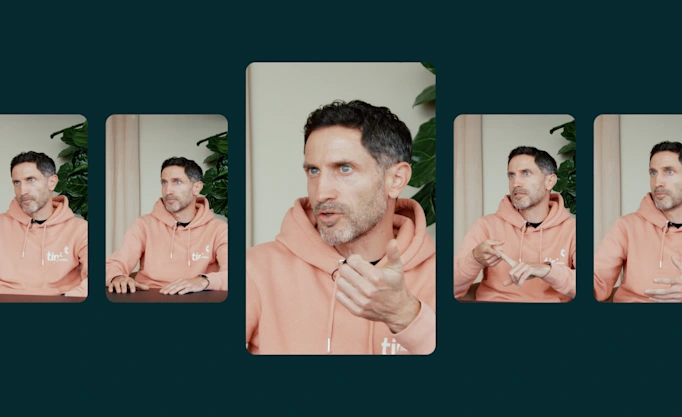A potential PSD3 template from Down Under

Australia is known for many things, including its natural wonders, and (potentially daunting) wildlife. In the fintech world, it will also soon be known for its own version of open banking. One that is inspired by Europe, but with an Aussie twist.
Australia’s open banking regulation is the Consumer Data Right (CDR), designed to give Australian citizens greater control over their data and to drive business innovation. Australia offers a perfect environment for open banking. It is ranked as the fifth most fintech friendly market globally and the population likes to pay digitally. The country counts over 21 million credit cards and a new payments platform launched last year to increase the speed and security of transactions.
However, with more than one-in-six Australian consumers struggling with credit-card debt it is also a population where many live with financial anxiety, which could be something that open banking can help to change.
Much like PSD2, CDR requires banks to become more transparent, and the deadlines for compliance are ambitious. The “big four” Australian banks (NAB, Westpac, Commonwealth Bank, ANZ) will start a phased pilot in July 2019, with the Australian Competition and Consumer Commission (ACCC) currently expecting all stakeholders to comply with the full CDR regulation by July 2021.

Inspiration for PSD3?
The CDR differs to PSD2 and the UK’s open banking legislation in two important ways. While CDR does not currently require banks to enable third-party payment initiation services, its scope for the data that is shared with third-party providers is much wider. European regulation currently applies only to payment accounts, where CDR applies to a broader range of products including mortgages, investments and personal loans, which offers people a more integrated and informed complete financial picture - and give banks the ability to give advice based on a truly holistic view of their end user’s finances.
Open banking in Australia is progressive, and there are many clear opportunities to drive innovation in the market. The truth is that the CDR and some of the open banking objectives set by the Australian government should be an example for the European market, or even inspiration for a potential PSD3.
More in Open banking

2025-06-09
11 min read
The case for “Pay by Bank” as a global term
Thomas Gmelch argues that "Pay by Bank" should be adopted as a standard term for open banking-powered account-to-account payments to reduce confusion, build trust, and boost adoption across the industry.
Read more

2025-06-02
3 min read
Tink joins Visa A2A – what it means for Pay by Bank and VRP
Visa A2A brings an enhanced framework to Pay by Bank and variable recurring payments (VRP) in the UK, and Tink is excited to be one of the first members of this new solution.
Read more

2024-11-19
12 min read
From authentication to authorisation: Navigating the changes with eIDAS 2.0
Discover how the eIDAS 2.0 regulation is set to transform digital identity and payment processes across the EU, promising seamless authentication, enhanced security, and a future where forgotten passwords and cumbersome paperwork are a thing of the past.
Read more
Get started with Tink
Contact our team to learn more about what we can help you build – or create an account to get started right away.
